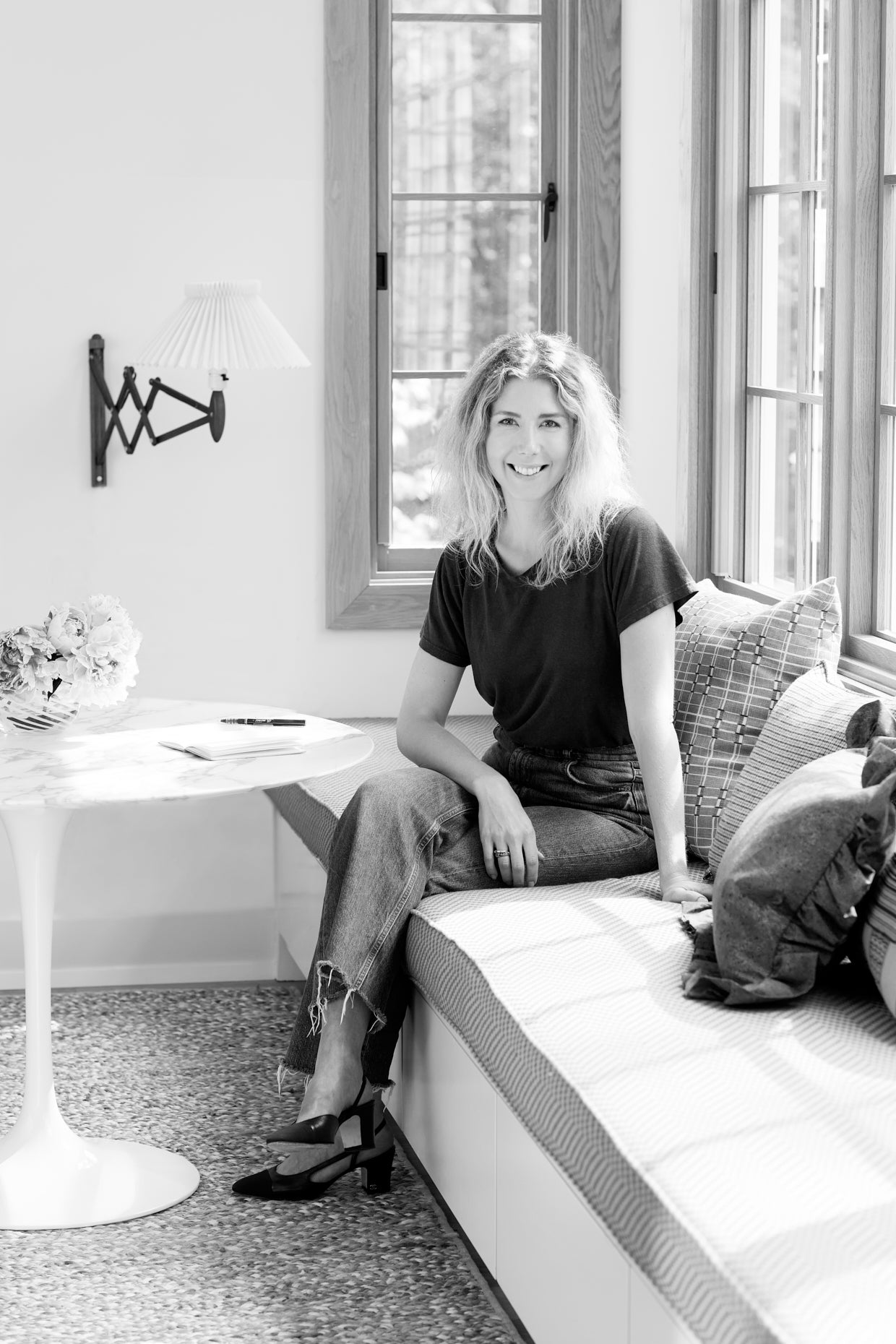The 50 States Project is a series of candid conversations with interior designers across the country about how they’ve built their businesses. This week, Nashville, Tennessee–based designer Jessica Stambaugh tells us how she started over in a new market after leaving New York, why a flat fee made her more creative (and profitable), and how taking on small projects helps her fight burnout.
Did you always want to be in design?
I didn’t really see design growing up. My mother did restore a couple of historical houses, and I think we had a decorator once do some pillows and window treatments. But I started my career with the intention of working in fashion.
I studied studio art and art history in college—I was painting and interning in New York at fashion magazines and in fashion design studios, and I saw myself maybe working in editorial. I had been interviewing for a job at Vogue or something, but then Sara Ruffin Costello needed an assistant at Domino, so I interviewed with her and got the job. It opened up my eyes to the whole interior design industry and how wonderful it is. It really piqued my interest in making a career in the industry long-term.
How long did you stay at Domino?
I was there for the last nine months, basically, before it folded in 2009. I ended up staying on for a little bit at Condé Nast, with some of my fellow assistants, and then my boss there got me a job in fashion PR. That’s when I was like, “OK, I have to make a career change.” So I went back to school—I got my master’s in the history of decorative arts and design at the Cooper Hewitt while taking classes at Parsons for interior design. I was staying afloat by doing some freelance work—that’s when I started taking on decorating projects, actually, as a student.
What was your intent going into those programs? Did you know you wanted to be a designer at that point?
I had a strong inkling that I wanted to be an interior designer, but I hadn’t worked for a firm or anything. I was open to going down the museum path, or teaching, or doing something related to design history. But with a studio art background, I loved the creative process. I met a friend in grad school who had worked for Meyer Davis, a firm in New York, and we teamed up and started doing interiors together to pay our way through school, and then had that business in New York for five years together. I went out on my own when I moved to Nashville in 2017.
Where did those early clients come from?
One was a classmate in grad school who happened to be a woman in her 50s who needed some light design help. Some of our friends had started to buy apartments. A lot of it came through our network and personal referrals. And because my business partner had come from a firm, some past colleagues sent projects our way as well.
How did you decide to become business partners, and what did you each bring to the partnership?
I think both of us felt like we weren’t quite ready to do our own thing, and there was some support that comes from partnership. We were 25 years old and in school, and needed to have income coming in. It was something that grew organically and then became something that could support us. We weren’t necessarily trying to start some big firm;, we just enjoyed working together and had similar goals at that time. She was adept at project management—running a project and being organized in that way—and I was handling the clients. It takes a certain amount of patience to work with clients, and that was my strength, but she really knew how to run a job.
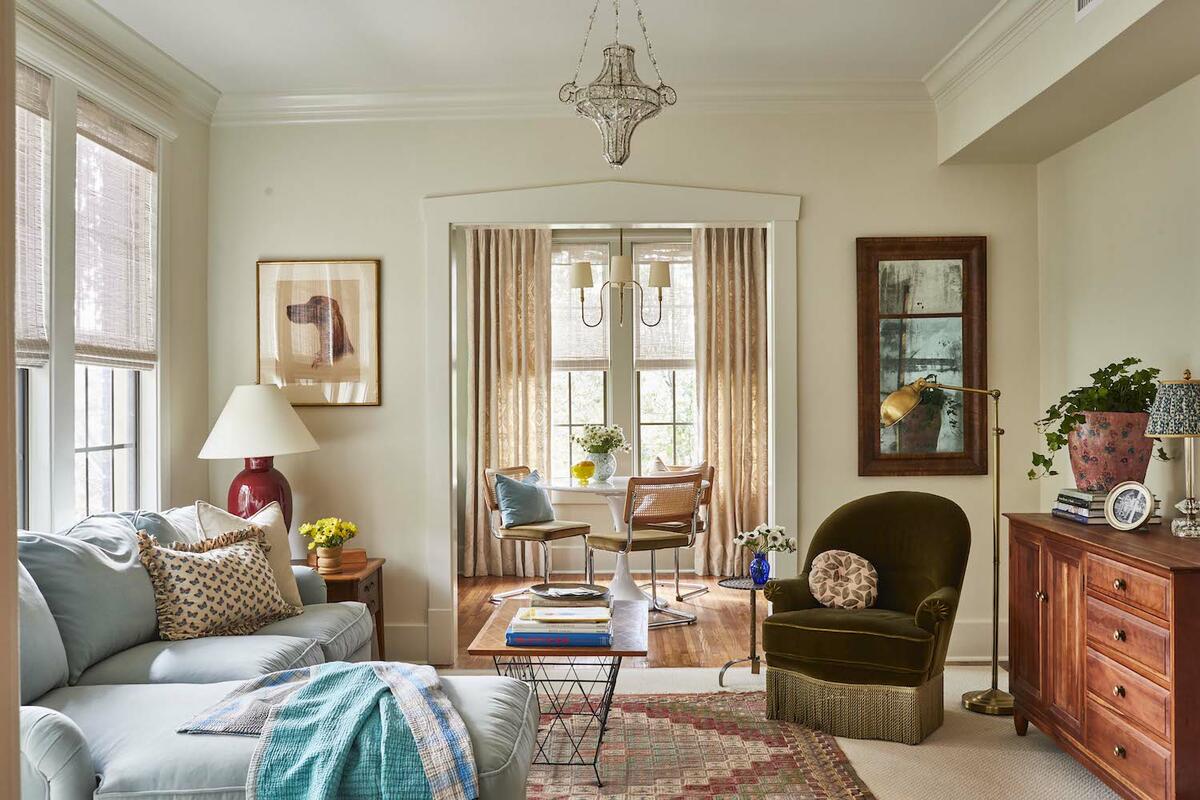
What caused you to ultimately split up?
She had started a family and was looking to be more on the brand side of the industry. I think she would admit that she was kind of wanting to take a break from working with residential clients. I really enjoy working with clients and wanted to do that more fully. I was also wanting to move out of New York, so that was a big part of it. It was a pretty amicable split, and we’re still good friends. [But] I think there are challenges to being a duo sometimes. There are amazing aspects, but unless you are truly bringing different skills to the table, it can be hard to make it work.
I feel like we don’t talk about that often enough. What makes for a good partnership?
I think it’s important to be clear about what each of your goals are, and to continually be checking in about that. We were for a long time, but there was a point where our goals started to change and we knew that we were going to go separate ways with the business. We were young when we started the company, and I don’t think we really knew the business we were starting, or what it would become—we were just excited to see what was possible. It was a great learning experience.
If I were to engage in a business partnership again, I think I would ask more questions about what each of us is bringing to the table—and also, does the partnership have to be 50-50? We assume that it does. I think you’re right that people don’t talk about what goes on behind the scenes of a design duo: how you break that up, or even how you incentivize each other.
That’s so true: You can’t assume that you both have the same working style—or working speed, even.
Or bringing in business. Some people are great at business development—going out and getting clients—and how do you assign value to that in a partnership? That wasn’t how we were thinking about it when we started, we were just young and excited to have a business. But 10 years later, I would think about that differently.
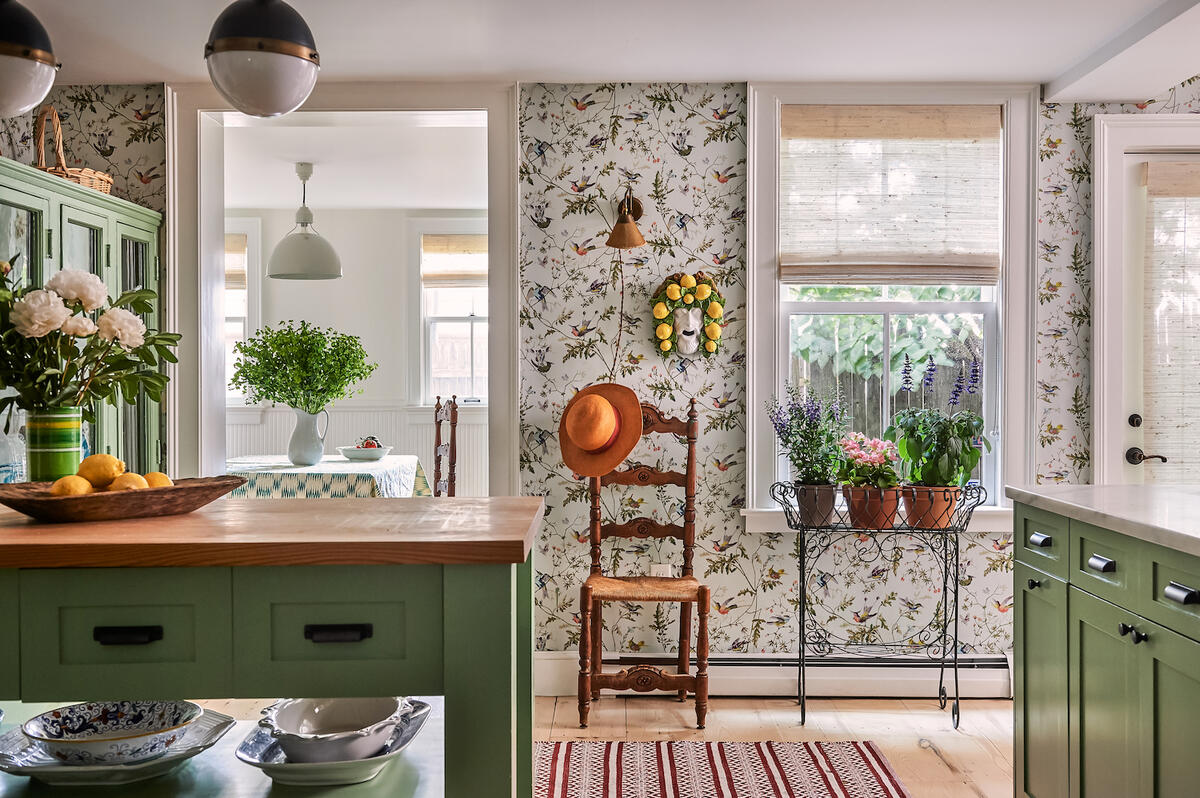
When you moved to Nashville, you started your own firm. Making that geographic shift is hard because you’re really starting from scratch in a lot of ways.
I was able to make the move because I still had clients in the Northeast that were sustaining me as a business, which was helpful—my backup plan was to work for another firm if I couldn’t keep the business going. But I’m five years in and I still feel like I’m figuring out Nashville.
I had registered a business before, and set up a sales tax ID, and I knew how to set up a decorating business. I was working with the same bookkeeper, and I had the basics in place to get started, but one of the biggest challenges is figuring out who your vendors are—your on-the-ground local workrooms and receivers. That was the hardest thing I had to figure out for myself, because I didn’t really have any interior designer friends who were here at that point. And it’s such an evolving market that with a lot of the designers I’m now friends with here, we’re still asking each other, “Who is the best vendor for this? Who is the best workroom for that?” It’s still evolving.
How did you start to build up a local clientele?
Honestly, I think my first local client came through having a profile on Houzz, though I’m not on Houzz anymore. I was also part of Homepolish at the time—I think I was the only Homepolish designer in Nashville, and I got at least one or two clients that way. Beyond that, it was really about connecting with real estate professionals and other designers here in town.
What does the workload look like today? How many projects are you working on now?
I have about eight clients at any given time, and that’s what I’ve found to be my sweet spot. Three or four of them are typically larger, longer-term projects, and then I like to layer in some smaller to medium-scale projects, where I might just be doing a couple of rooms. So far, I’ve resisted the idea of having a minimum, and I assess every project on a case-by-case basis. Do I connect with the clients? Are they going to be a good client for me? Am I the right fit for them? Rather than say, “OK, they need to have this budget, or this scale.”
Why does that work better for you?
It keeps the work diverse and feeling fresh. I find that working on a smaller scale or on a shorter timeline can be really fun and creatively invigorating for me. When I only have big projects going on and I’m deep in the details on this long timeline, sometimes I get a little burned out. I’ve found that having a mix keeps it fresh for me—though that might not be the best business advice.
Anything that keeps you inspired is pretty good advice, I think.
I agree. I’ve definitely had business coaches who encouraged me to have minimums. But I’ve just thought about it differently: What is the value of a project to me? Am I learning something? Do I enjoy the people? Some of the smaller projects end up being people I’m friends with—or they might not have the big budget that a certain client has, but that still can make for really great creative work.
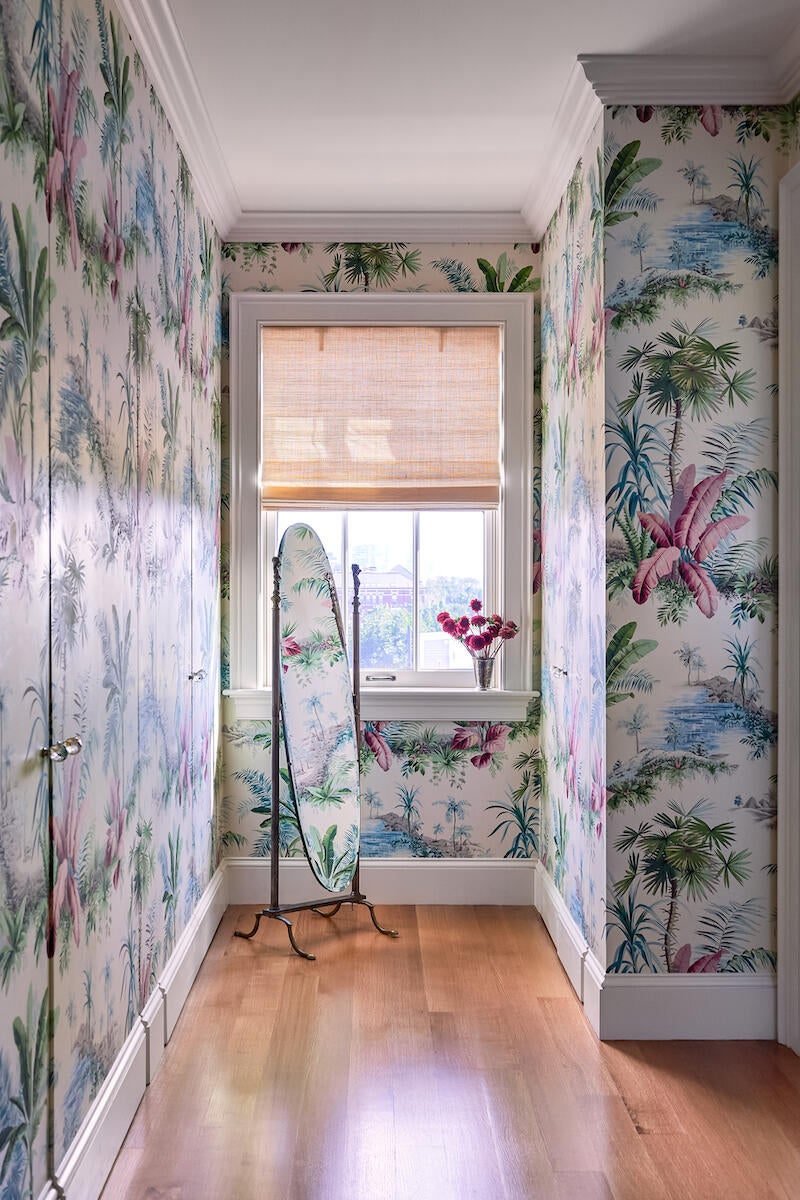
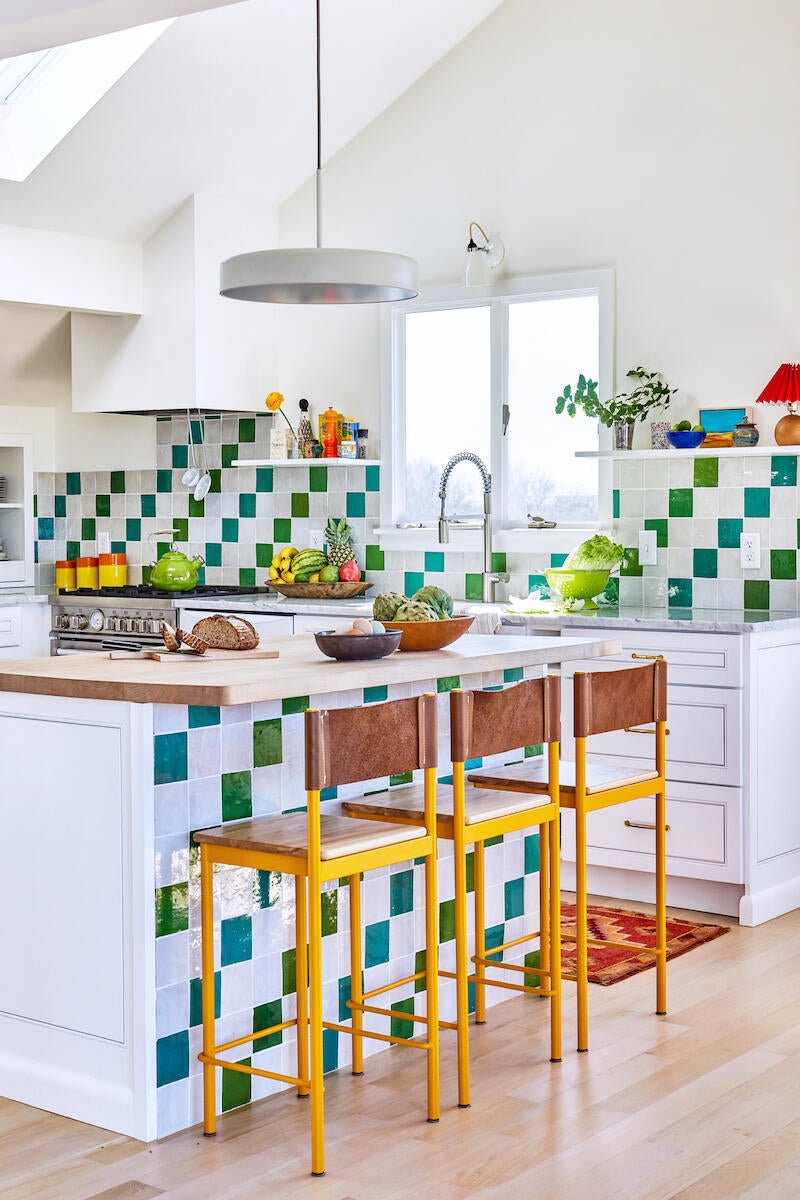
You have a bookkeeper, but do you have a bigger team behind you as well?
The bookkeeping team is part-time and works with a lot of other designers. But I just made my first hire recently: a project coordinator. I also have a business coach—someone who I can bring high-level questions to.
What got you feeling comfortable making that full-time project coordinator hire?
I had enough projects going on and was able to project the business’s income. It was also just realizing that managing procurement has become such an intensive process and that it was taking away from my ability to do creative work. I needed to offload something. It always feels like a bit of a risk to grow, but it needed to happen in order for me to do what I do best, which is the design work and working with clients.
How has it been going so far?
It’s already freed me up to do more business development. For me, that means going out and meeting other industry professionals who I might want to collaborate with, or who might bring me onto a project, or who I could bring onto a project, or who could be lead generators. I enjoy that aspect of the process—getting to know others in our industry and talking about design. It’s also giving me more time and space to spend on my clients’ projects and freeing me up to explore other aspects of my creative practice and the business.
That has to feel so hopeful.
I am hopeful. I hit a wall last week where I was like, “Oh, my god, it’s hard.” But I think having the help is definitely necessary to grow.
What does growth mean to you? How do you want to see the business evolve?
After the last couple of years of growth, I really want to—it’s a bad word to use, but—coast for a year or two. To not grow and just get better at what we’re doing and refine our systems. Yes, it’s great to have more revenue and bigger projects, but I really want to focus on how we’re delivering our creative deliverables within our projects. It’s not necessarily more clients, or bigger clients, but just really getting good at the systems we have in place.
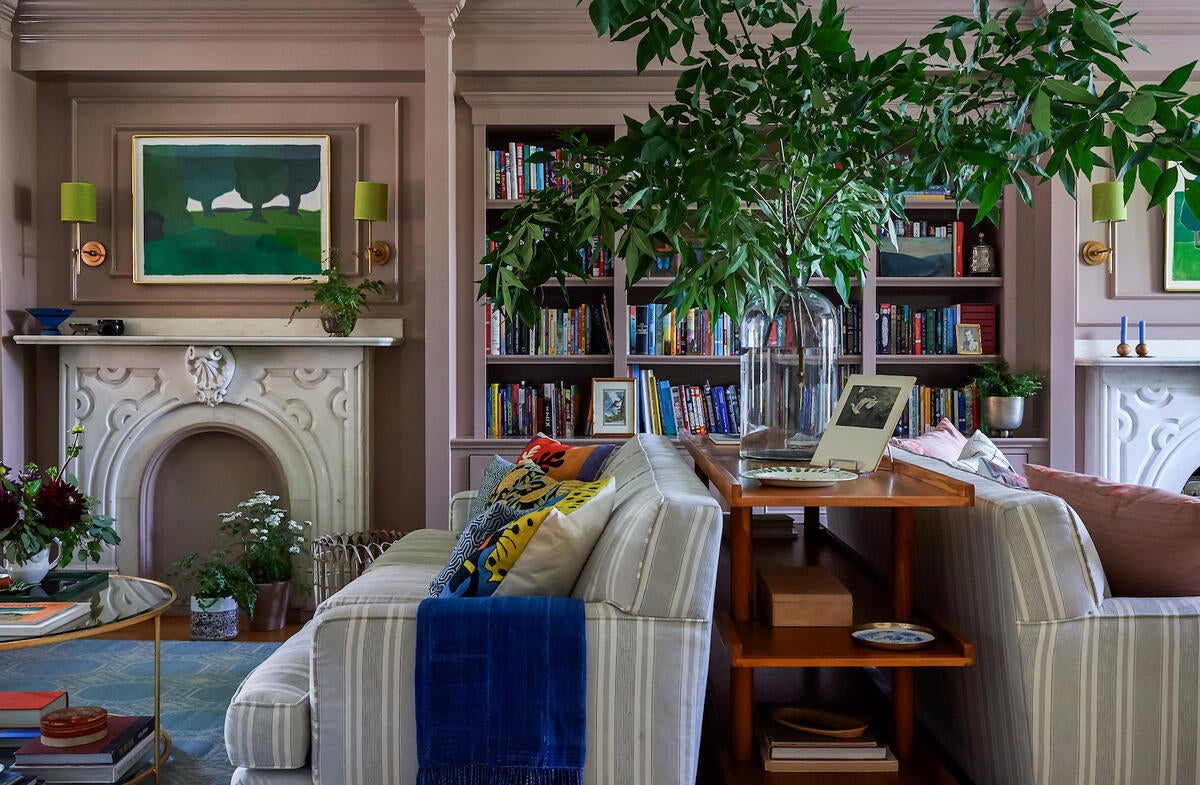
How have you approached billing for your work?
I would say 99 percent of our projects are on some sort of design fee, and then a percentage on procurement.
What made you start working that way?
The advice of my business coach. I never loved tracking my time or invoicing for my time. It never felt quite accurate, and I was always a little bit bogged down by the process. It was liberating to try some projects without that component—and that’s what really worked for me, so I’ve stayed with it.
It might take me 20 minutes to pick the paint colors in one project, and two hours in another project, and I always felt kind of odd about tracking my time in that way. After doing enough projects, you start to know what the project is worth and generally how much you’ll invest in it. I have clauses in my contract in case things go crazy and maybe I need to start billing hourly, but I found that working on a flat fee was freeing for me creatively.
Was it also good for the firm’s bottom line?
Yes. We made more money the year we switched to doing more flat fees.
Did clients react differently?
Yes, most of the feedback I got from clients—or at least the clients who have hired me—was that they liked the model. I’m sure there are projects I didn’t get because the fee is high and it’s scary to have that upfront.
I’ve moderated that approach a little bit—I’ll break it into smaller units. There are pros and cons to how prospective clients receive it, but I think most clients appreciate it because there’s just a level of commitment that we’re going to get this project done. They don’t have to rush, or feel like they don’t want to call you. You have to have more boundaries working this way—you have to know what your scope is and what your deliverables are and pay attention to that—but for the most part, clients like the “set it and forget it” approach to the fee.
It also helps you project your income more easily. That’s been a factor in being able to hire— that I can look forward and have a clearer sense of the income that’s coming in. I’ve found it to be more effective in planning and having more sense of the business and revenue projections.
Did it change the way you approached your projects?
Yes, I think it gave me more enjoyment with the process because I don’t feel like I have to rush certain things or validate the time I’ve spent working on something. It’s given me more freedom in the process—I don’t need to explain what I’ve been doing or why I’ve been doing it to anyone. If I want to spend four hours looking for cabinet hardware or a trash can or something like that, I don’t have to defend that to the client. It’s ultimately my choice of how to spend my time in the creative process, whereas I think if you’re working hourly, you can feel like you have to validate that time, or weigh how much time it should take you versus how much time it did take you.
The example I hear often is the lamp. Like, “Oh, I don’t want them to know how long I spent looking for this, so I shaved a few hours off the bill.”
Which is crazy! I had adopted that attitude too—but also, you don’t feel great about that. If I know I feel good about the overall fee for the project and if I want to spend more time looking for lamps, I can do that because that’s important to me and to how I want the project to look, and that’s on me to figure out how to do that. Maybe I can do something else more efficiently than one might expect it to be done. My fee takes away that pressure.

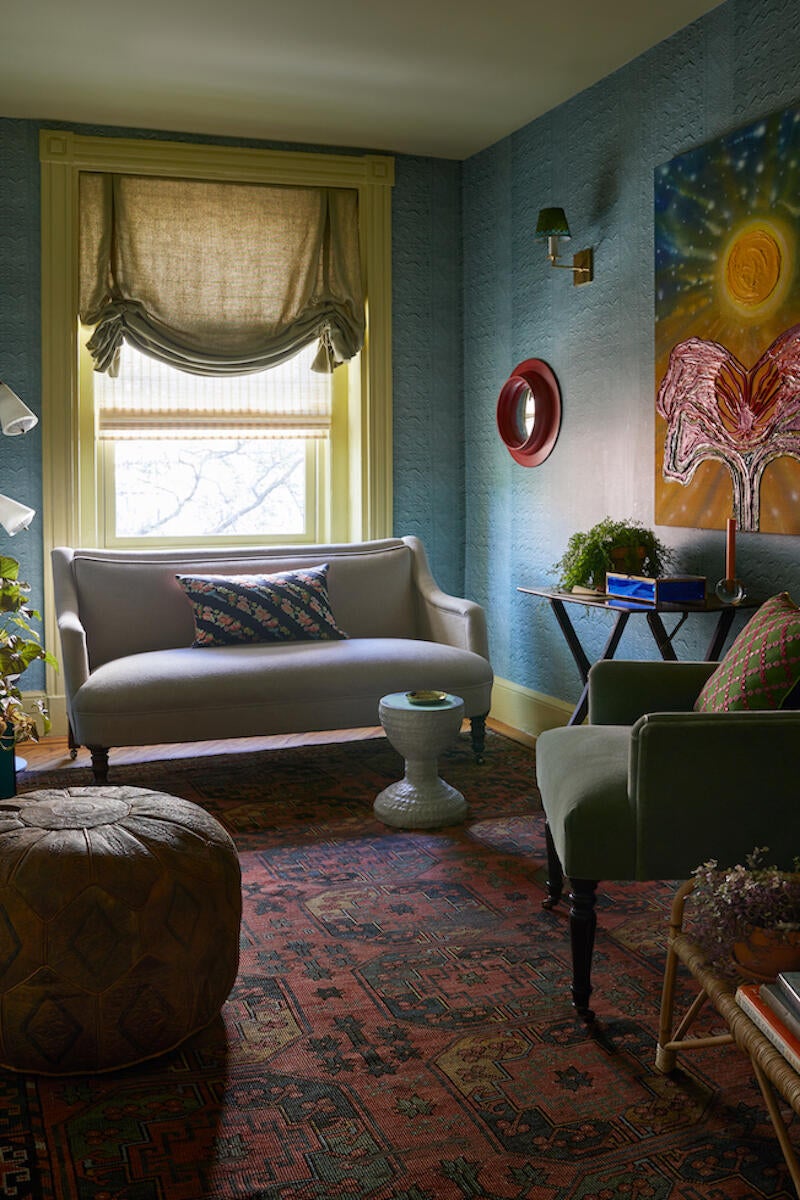
What drew you to Nashville? And what did you discover about the housing market and the design community when you got there?
I was looking to move to a city where I felt like I could do my work—where there was development happening, or people who are moving there—a city that was growing. I spent a summer here while I still had a place in New York, and then I bought a little house and was like, “OK, I’m doing this.” What I found most inspiring was the creative community of musicians, obviously, but also makers and other creative professionals. I was really excited about tapping into that—about what was possible, and what’s still possible here five years later, because things have blown up a ton.
Some of my good friends design custom wallpaper, and there are tons of ceramicists, which allowed me to make some custom lamps and do these side projects that I think would have been much harder to do in New York, with the cost of everything involved in doing business there. This is Nashville Design Week right now, and there’s a very active creative community here, of both design in general and interior design professionals. I think that’s why companies like Kravet and Schumacher have invested in opening stores here, and other companies are following suit. It’s a strong creative market, and the city’s growth is carrying over into the design community and design business.
What kinds of projects are coming your way? What are people looking for?
I’ve found that my clientele tends to be people with midsize projects, often where we’re going to renovate a historic house. I recently had a young couple come to me after they bought their first house—it’s a log cabin, and I happen to live in a log cabin, and it’s in a neighborhood where it’s surrounded by really big houses, so we’re going to try to respect its historical character while bringing it up to the standard of family living today. Those are the kinds of projects that I’m looking for—unique houses or unique clients who are creative in their own way, and who need a bridge to the interior design industry. There are plenty of big 20,000-square-foot houses here too, and I definitely have friends who are keeping themselves going with those types of projects. I grew up in New England, so I’m used to a more quaint, historical scale. That’s what I love, but there are all sorts of pathways here, I think—in project size, and in terms of the house style, too. Nashville doesn’t necessarily have a style or a look in the way that California has captured the consciousness of the design industry in the last five or 10 years with California modernism. In Nashville, we’re taking a nod from that, but also from traditional Southern decorating—it’s more of a hybrid here rather than one dominant style.
So many brands are opening Nashville outposts. How has that changed the way you source for projects and the way you shop?
I think one of the rudest awakenings of moving here in 2017 was not having a design center like the D&D Building or 200 Lex. That was really hard when I needed memos, or to prepare for a meeting. Access to a design center sparks a lot of creativity too, so I think it’s a good sign that we now have some resources coming here. Schumacher just opened, and Kravet has been open for a couple of weeks, but I still definitely rely on my showrooms in New York, as well as Atlanta.
There’s also still opportunity and room for growth here in terms of just being able to find interesting resources—it’s changing, but there are not a lot of places to shop. That has inspired me to use more local resources—to create more things with my local cabinetmaker, for example. We have great workshops and resources to have things made, and I often find myself designing something rather than sourcing it from a showroom.
How do you talk about custom with clients?
I think you have to approach custom with confidence. You have to know it’s the right direction—that it’s worth the time, and that there’s not another option that is more readily available. There has to be a rationale for custom—it can be as simple as the fact that a particular maker or artist is appropriate for the project. I like to know why I’m pointing them in that direction, because it can make the project more complicated sometimes. You’re taking a big risk, so you have to be confident it’s the right risk to take.

You participated in the Brooklyn Heights showhouse last month. What made you want to do something like that in New York?
Having cut my teeth in New York, I feel very tied to the city as a place where I really was trained to do what I’m doing. When the opportunity came to me through a friend, I thought, “Oh, how fun—and I have the resources to do work in Brooklyn, so I can do a little room.” It was also a way for me to reinforce that I do work all over the place—some of my clients are in New York, some are in New England and some are in the South—and flex that ability to work remotely and get the job done. It’s benefiting a historic neighborhood, and it was an opportunity to network with a bunch of wonderful designers and participate in the industry. One of the things I love about our industry is that there are these opportunities to participate. When you leave New York, it can feel like you leave some of those opportunities behind.
What does success look like to you?
I think success looks like a creative life. I think it looks like really great industry relationships, really great client relationships, enjoying the work on a day-to-day basis and having time and space to do good work and challenge myself creatively.
Do you feel like you’ve been able to create space to cultivate that?
It’s a work in progress. Coming from New York, I think my default was to rush and fill my schedule, and to do as much as possible to be productive. I’m still working on trying to find the right balance. There’s a lot of being an interior designer that is taken up by running a business, and so I’m actively reconciling the skills I need to run a business and what can I outsource so I can really leave myself some freedom for creative work. At this stage of my career, having done this for 10 years now, that’s where I’m at. But when you ask me what success looks like—it’s really to maintain what I’m doing right now but with more space and more ability to take risks and be creative. It’s not necessarily about more work.
To learn more about Jessica Stambaugh, visit her website or find her on Instagram.
















